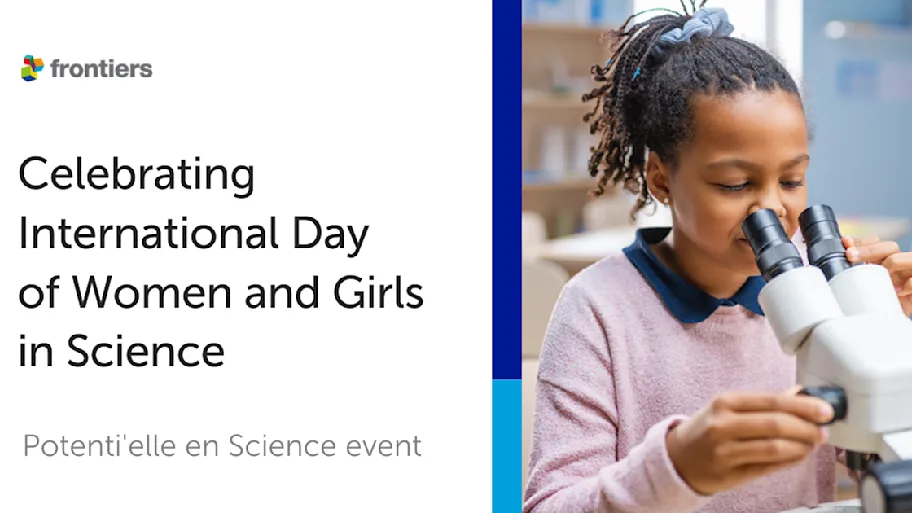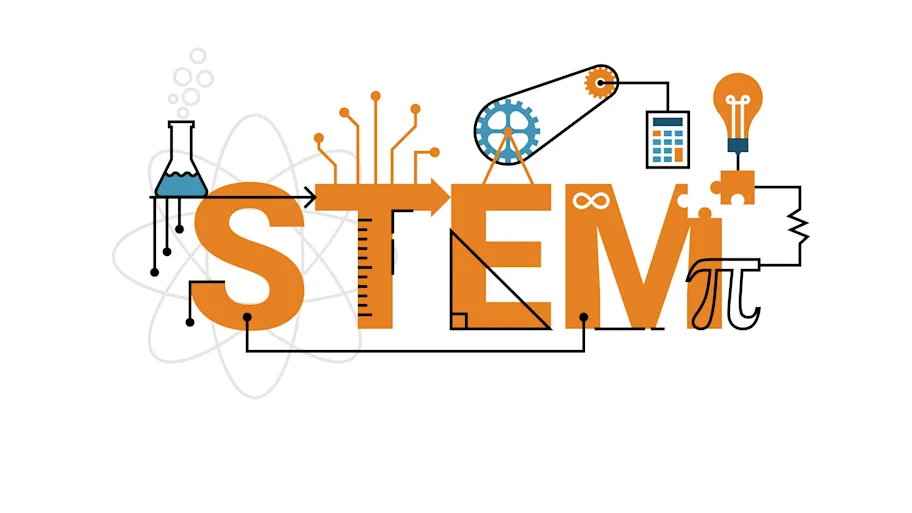
- Science News
- Frontiers news
- Amira Fernández – combating ‘tags’ in STEM
Amira Fernández – combating ‘tags’ in STEM
Author: Madison Wiseman
Pharmaceutical biotechnologist Dr Amira Fernández has a passion for disseminating research and the publication of her award-winning book ‘Té con Ciencia’ (2020) cemented her profile as a scientific communicator. Today, I speak with the writer who explains her ambitions to popularize science, to update education on STEM careers, and to promote reflection by wider society of our health, happiness, and the attitudes to our planet.

Dr Amira Fernández. Image Credit: Town Hall Of Benicarló
“I want to spread science and to understand science education to improve it.”
“I’ve learnt that science is around everything and that discovering science topics lets you understand so many social and economic contexts,” says Fernandez, reflecting on her own development as a researcher. With this realization came the writer’s first scientific blog, bringing her friends and family closer through shared knowledge. As the pandemic brought the globe to a halt, it became increasingly evident to Fernández that there has been a severe lack of scientific communication to the public.
“I think one of the biggest problems we have in science is living in our labs without caring to explain how important discoveries are for humans.”
An enduring lack of focus on communication in STEM might have led to the apparent disconnect between the industry and wider society. Writing soon became an ‘addiction’ for the young researcher who used to write daily about different topics like nanotechnology, drug development and resistance, intestinal microbiome and sustainability, but also the problems that most scientists cover.
By popularizing the realities of scientific life, as well as the applications of science to general society, Fernández hopes to reduce the disillusionment in younger generations that she once experienced. In these efforts, the biotechnologist has been involved with many blogs and projects that publicize the growing pool of scientific profiles and connect students with professionals in science and communication.
“If STEM careers are so innovative and vanguard, why do we teach them like years ago?”
As with addressing any problem, Fernández hopes to counteract damaging ‘tags’ in science by ‘going to the base’.This goes against the individualist grain she has observed in the older generation and during her work with schools. The speaker has introduced students to the new and innovative profiles available to aspiring STEM professionals. By presenting these seminars, Fernández realized that the education of STEM careers has been stilted with “[students] knowing the same things about science that I knew 12 years ago!”
A strong interest in both science and writing was a combination not encouraged by Fernández’s own figures of authority. “During my last year in high school, I published my first book. It instantly became a tag of my personality for my teachers,” recalls the researcher saying that one teacher used to ridicule her in front of other students just because she was ‘better as a communicator than a scientist’.It is very important to eliminate such damaging attitudes in STEM education.
The image of a ‘classic scientist’ led to Fernández’s own disillusionment as a young researcher. Even today, young and aspiring scientists are often told that they must do a PhD and thesis before receiving information on the increasing paths or profiles available across a variety of industries. While a research role can be fulfilling and provide valuable experience, Fernández warns that those without an interest in this specific profile could ‘end up almost 30 years old with a PhD and, sometimes, a curriculum that is not very interesting for companies’.
“I have to confess that I did not have good benchmarks in my field at the very beginning.”
Studies in fostering diversity continue to demonstrate that relatable role models facilitate ambition and success in all fields. Fernández explains that she did not have any female benchmarks until she came across the works of a journalist reporting on controversy around biotechnology corporation Monsanto. Seeing this example of a woman in scientific communication was a crucial step towards her own discovery of a suitable scientific profile. By connecting students with palpable examples of STEM careers, she hopes to facilitate an earlier breakthrough for younger generations.
Fernández gives the example of a young chemistry enthusiast who could choose to specialize in anything from green domestic construction to the development of nanotechnology in textiles. When she voiced her own interest in biotechnology, the young scientist was not given information on applications to sustainability, something she discovered an interest in many years later. By educating young people on new scientific profiles and applications, she hopes to challenge traditional tags in science and to empower new generations to use their personal strengths while tackling societal issues.
“I mean, I don’t want to become Marie Curie, it scares me really. One doesn’t have to sacrifice something in their lives.”
As we discuss the current perceptions of a career in STEM, Fernández shares that she has searched the internet for what an aspiring scientist might find. What she observes makes her concerned about our future generations, ‘If you study a STEM career, you could be next researcher that develops a vaccine for a pandemic virus, or the next engineer that works for NASA.” This unrealistic presentation and perception of scientific roles, particularly for young women, can give the impression that women in science will not be able to lead an ‘average’ life without sacrifice.
An enduring underrepresentation of tangible female role models in STEM is reinforced, Fernández states, by the Matilda Effect whereby men are credited for work by their female colleagues. Conscious of the deep-rooted gender biases skewing uptake of scientific careers, the researcher comments that women make up almost 75% of health science roles, though coordinator roles in the same field are still overwhelmingly held by men and questions
“Why do we still have this differences?” questions Fernández.
Besides other phenomena distorting gender diversity, Fernández comments that there is a socially-taught sensitivity of girls to social contexts, as well as an increased perception of ‘risk’ for women in their careers and beyond, “When a girl uses a big motorbike, people ask her whether she is scared to drive something like that. Why do we ask girls and not boys?”
What is clear is that the pillion is no longer a suitable position for women in science.

Frontiers is a signatory of the United Nations Publishers COMPACT. This interview has been published in support of United Nations Sustainable Goal 5: Achieve gender equality and empower all women and girls.







